
PLOT:
Jigsaw is still dead, but a series of murders bring questions as to who else is teaching a deadly lesson. While Detective Hoffman has created a masterful trap set last time around for Special Agent Strahm, he has also been able to make Strahm look like Jigsaw’s apprentice. All the while, he continues to create games for others, that are just as deadly, but a little harder to escape. As the police begin closing in, Hoffman attempts to bring into action the final plan of Jigsaw’s warped and brilliant mind. How many will Jigsaw “help” this time around?

REVIEW:
Thank you very much Patrick Melton and Marcus Dunstan. Seriously, thank you. After SAW V, I was convinced there was nothing that could be done to make this sixth installment of Saw work. But they did and it does. As the torture and violent murders still are a huge part of the latest, it once again focuses on a couple of main relationships. Yet this time, Tobin Bell is featured in a very satisfying way as his connection to many of the characters in the series is explained. Now, it is a bit of a challenge to talk about what worked without giving too much away. What can I tell you without revealing too many secrets and surprises? If you don’t want to hear any spoilers at all, I suggest you stop reading because as much as I don’t want to ruin it for anyone, there will be spoilage (although very minimal, I promise).
The key reason why Saw has been a successful franchise stems from the web that it spins. While it started off fairly simple in the beginning, it has expanded this time to a large and frightening subject… health care. Much of John Kramer’s frustration comes from how his doctors and all the so-called experts handled him as his sickness spread. And this chapter explores the chances at life that are rejected and simply not taken, simply for the almighty dollar. If this sounds overly preachy, it kind of is, but at the same time it is very relevant and also a little more relatable than you’d expect. But, as the traps are set and the game is played, one man in particular is given the chance to roll the dice. Peter Outerbridge is William, a man who has made a career out of deciding what and how much health insurance he should provide. He is a key player in the vicious life lesson many receive. I won’t say anything more about the plot, well, for the most part I won’t.

It is hard to imagine the sixth film in this series would pack quite the punch as this did. But much like the third, this second trilogy finale answers the questions that have been asked and even supplies a conclusion that mostly works. It is terrific to see a couple of familiar faces whether it be in flashback, or possibly somewhere else. It is also great to see the expanded role of the lovely and talented Betsy Russell. She is quite good as Kramer’s widow and yes, we finally get a glimpse inside that box of hers. While there were a couple of choices that weren’t explored nearly as well as they should’ve been, the film has the sense to really focus on what the hell is going on. I even warmed up to Costas Mandylor as Jigsaw’s apprentice, Detective Hoffman and why he became Kramer‘s bitch. While he didn’t quite work for me when his true nature was revealed earlier in the series, I think he had a bit more to work with this time around.
There was an interesting look that each one of these films have contained. Both James Wan and Darren Lynn Bousman gave the series the stylistic, visually orgasmic look as the camera speeds around a potential victim (or student), and that bit of trickery is used here, but only slightly. There is a very cold and colorless atmosphere as the detectives investigate the continuing murders, but the traps and such are hot and bright. It feels like a Saw film, yet somehow first time director Kevin Greutert is able to cut down a tad on the visual acrobatics, and focus on telling a story. As the editor of the previous five, he adds a clarity to it that hasn’t been seen for awhile. In many ways, the look and feel of six is like a crossbreed of one and three. And yes, it really does work.
Any qualms about six? Sure. With any sequel, especially when you are up to six, you could stand to lose a few pointless characters. One of the lead players wasn’t utilized quite as well as they could have been, thus, they don’t generate all that much sympathy or interest. I also felt that another main character was sort of shortchanged with their big final moment. It is too quick and they just seem to get off too easily, purely with an interest of making the ending scream sequel. Sure we already know there will be a sequel, so I don’t think making it so blatantly obvious is necessary. And yes, a couple of performances aren’t always hitting the right mark, but for the most part, I really gave two cents about folks I didn’t care about before. In the end though, Saw VI works and it works much better than I would’ve ever expected. The franchise might even benefit from ending here, but we all know that won’t happen. We’ll just have to wait for a whole new set of games to leave riddles and clues with… or will we? Whatever happens, SAW VI will still be one of the best and most fascinating in the series.
My rating 7.5/10 — JimmyO




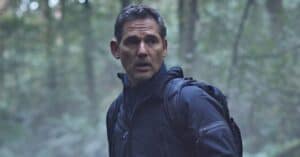
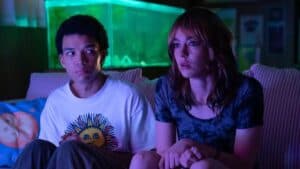

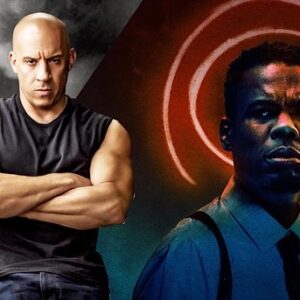
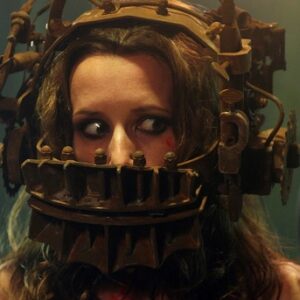

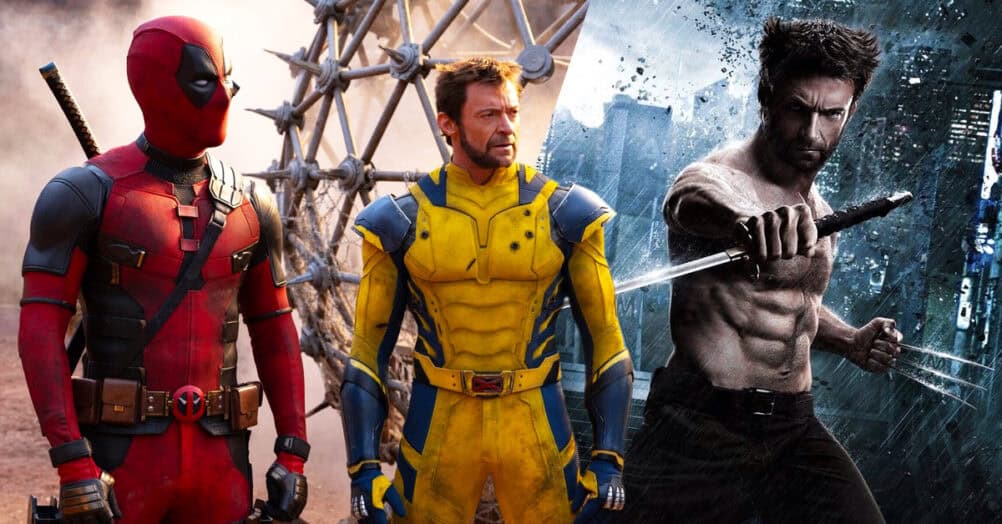




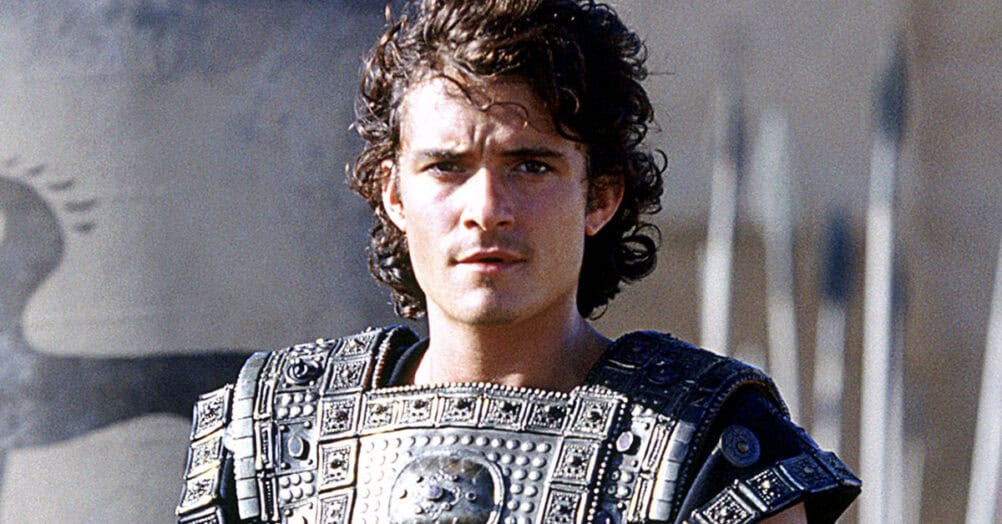

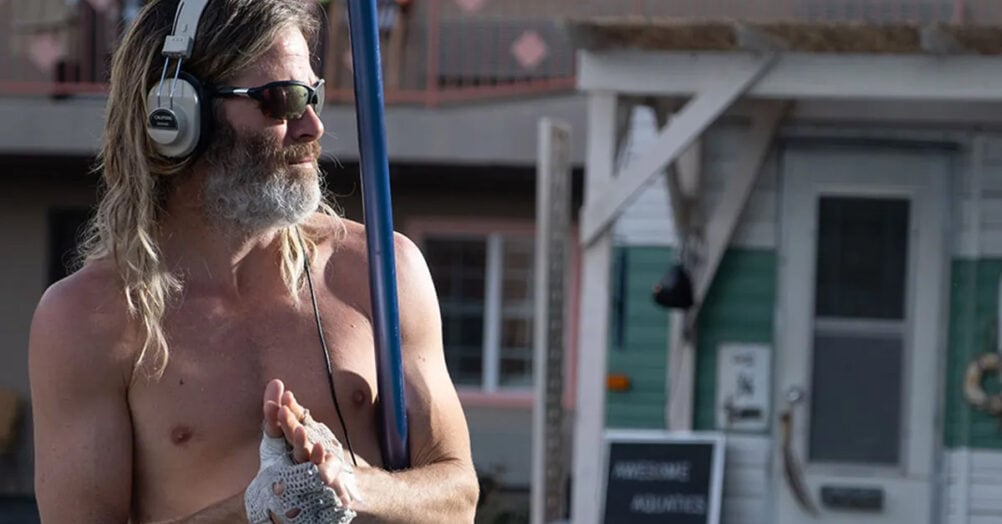
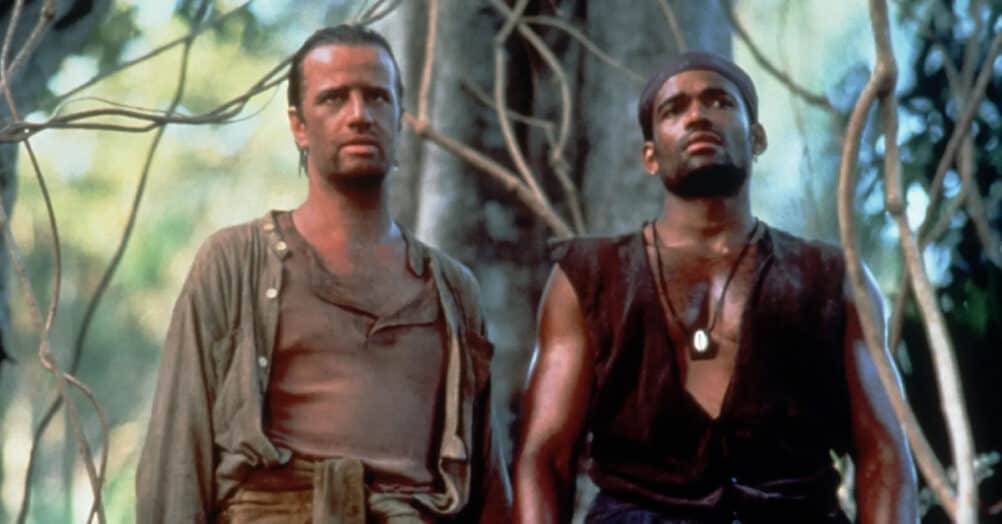
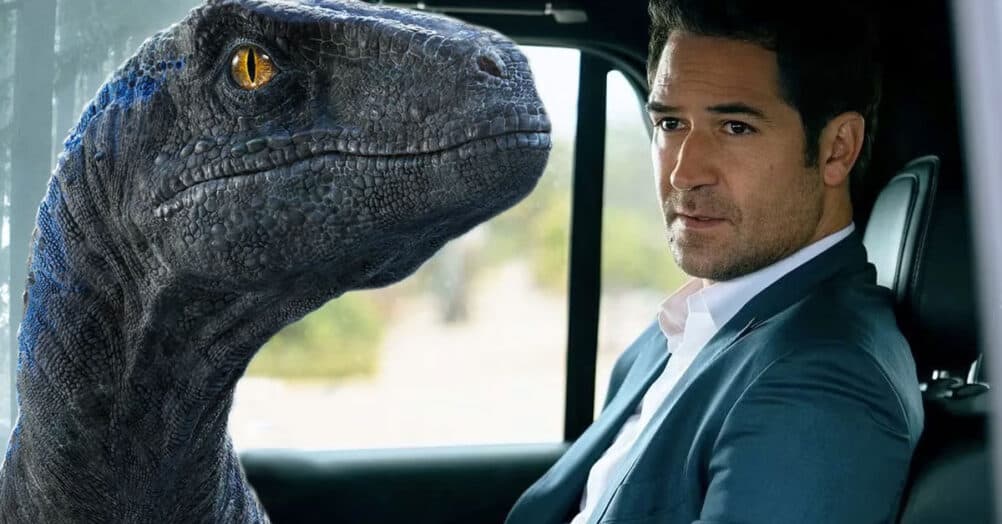
Follow the JOBLO MOVIE NETWORK
Follow us on YOUTUBE
Follow ARROW IN THE HEAD
Follow AITH on YOUTUBE